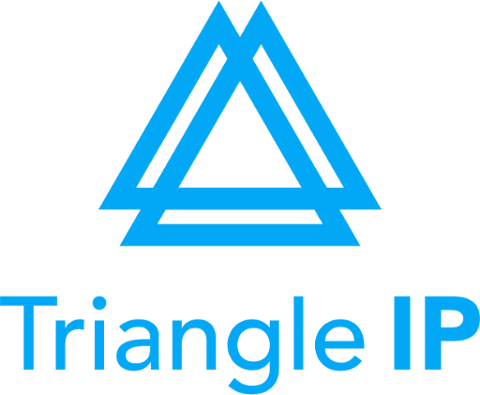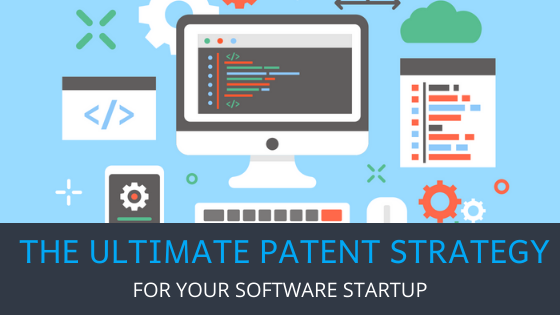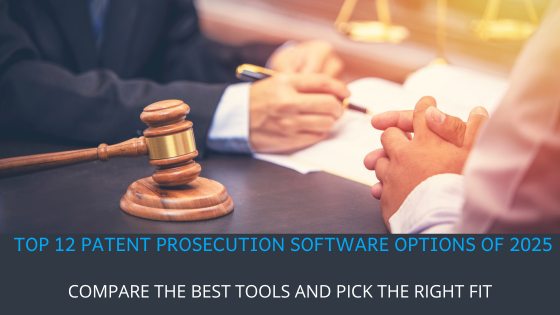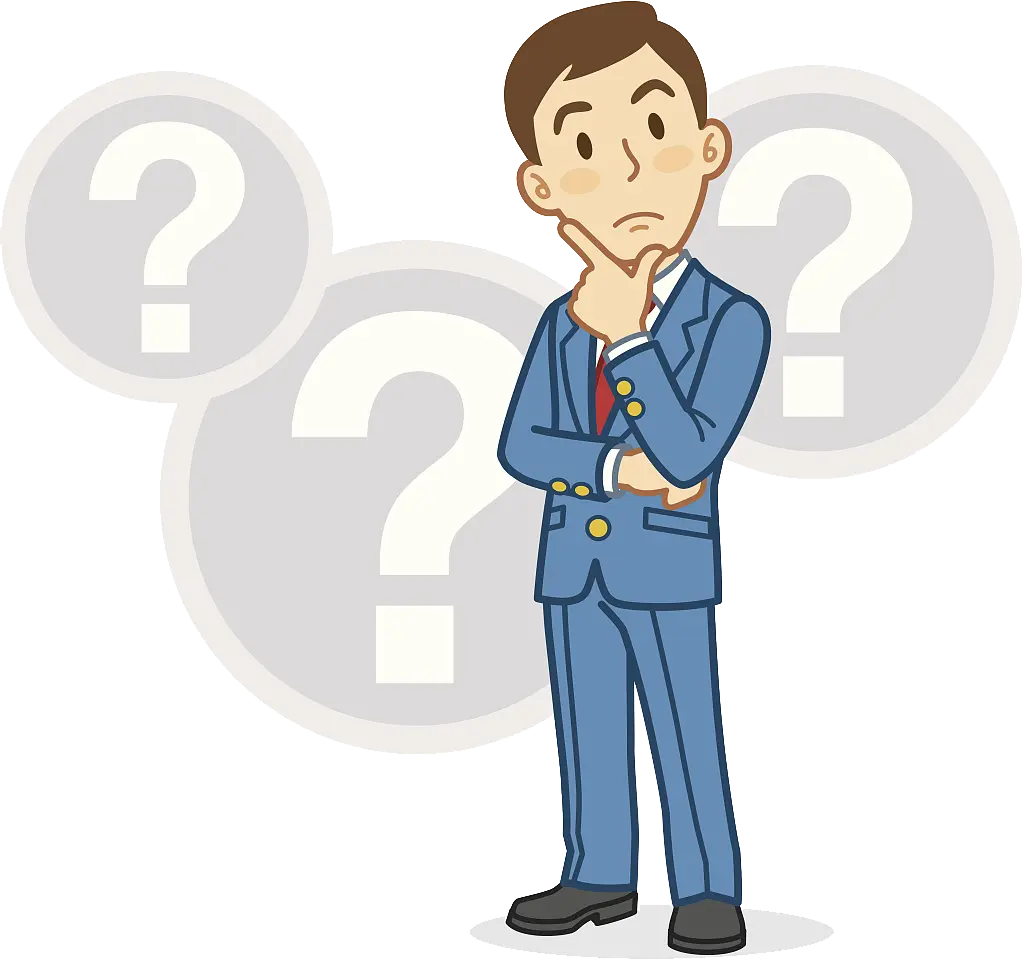As any tech company has learned over the years, securing new patents can be a very frustrating, challenging process and it’s not getting any easier. In this realm, patentability assessment of ideas becomes a crucial first step, and understanding how to assess ideas for their patent potential is invaluable
Why You Need a Patent Strategy?
So, for start-ups entering a market for the first time with a brand-new invention, the balance between securing early protection and preparing a viable application with a good chance of approval is critical.
The fact is, software, in particular, has had so many runs at the U.S. patent office, they are not impressed by the next big thing and often turn down packages as duplicates, ill-prepared, or the easy kill – insufficient information on which to base a patent approval.
The second problem inherent in the system is that existing software patents are written like a giant barn door, capturing far more in licensing power than many should have, also blocking otherwise subsequent good packages from seeing the light of day.
The results of these two factors have created a modern patent process that rewards undeserving winners and makes it almost impossible for most startups to see their way through the process without solid investor backing from big players and heavy patenting expertise.
Also Read: Answers To 25 Most Searched Patent Related Questions
Basis of the Patent Strategy of your software startup
Many will argue the first and best step is to secure solid legal representation and let the lawyers handle everything.
However, this is incorrect.
In reality, the cornerstone and foundation of a good patent has always been the innovative nature of the invention to be protected.
Pure and simple, the invention must carry the day in how unique and different it is from anything already protected.
This provides the basis for what in essence becomes a legal monopoly no one can break for decades without severe risk.
So, the invention has to be a standout and unique.
The invention must also have staying power. What solution does it provide?
People don’t buy a tool because it’s a tool; they buy the tool because it provides a functional solution to a problem.
In other words, the invention needs to be the kind of idea that is going to be around for a decade or so at least. If the viable window for your invention is only a few months or a year, save your money and legal resources and instead maximize what you can from sales and the market before the fad wears off.
It’s a better use of your time and keeps more earned cash in your company wallet. Then move onto your next market idea.
Investing Patent Efforts on Software as well as the Hardware front
Technically, anything invented that is unique and different from anything already existed in that same purpose and function can be patented, but is it worth the trouble?
In many cases, the answer is no. Patenting simply for the sake of patenting is foolish.
It’s a waste of money, effort, time and resources to make happen, especially if the patent is not going to be used economically or protects a critical component in an assembly that will go to market.
Choose the protection of your inventions wisely and realistically in terms of what is truly going to go to the market and be a reliable revenue-maker.
If the patent is just an attempt to gain a reputation by showing ownership of multiple patents, you can do a lot better for a lot less with other titles such as certifications or industry awards instead.
Your protection of intellectual property needs to be strategic in nature.
As heavily detailed by Blake Harris in his book, The History of the Future, when Oculus created their virtual reality headset product, the patent protection they pursued was not on the hardware.
Most of the hardware parts were knock-off material from previous products and inventions re-purposed by Oculus to make the developer kits and the first masks.
Instead, Oculus put its patent effort in the software and hardware combination that made their version of virtual reality work so darn well and different from anything before. That was the invention that gave Oculus their strategic advantage, and what needed legal protection.
This was proven later in a subsequent patent trial Oculus’ team partially won holding onto the same patent rights.
Importance of Filing Patents on Different Parts of an Invention
Even if you get an invention patent, is your product going to be worth fighting for? There are lots of companies with far more money, power, and lawyers than your startup who can burn you dry filing counter motions and delaying tactics in court to drain your bank account. This is a well-known and well-used tactic.
If you go bankrupt before your protection is awarded, what’s the point of having the patent in the first place?
While your startup may not have an unending bankroll available to litigate, like that of maybe Oracle or Google, you can layer your invention with more than one patent.
Strategically filing patents on different parts of your invention can create a far more complex fight before it starts. It’s far more complex and requires that the separate parts have a distinct difference, but successful multiple patents produce stronger ownership of the invention as a whole.
Then you have the choice of defending on multiple fronts, making it harder for the bigger player to run away with one part and be successful.
Apple, for example, was approved 44 patents on just one new iPhone design in 2018. Additionally, you could sell one of the patents to another player, and use the sale funds to pay for your defense as well.
If it’s a good invention showing significant promise, others will want to invest, and that can offset the financial strength of the attacker in litigation.
Detailed Roadmap of Patent Strategy
Many startups and new companies lose their focus trying to patent too early to leverage uniqueness. Instead, patent experts regularly advise the best approach is having a strategic timing plan of when the patent will be pursued along the path of the company development and launch. The most successful tech patents were pursued and secured just before the product based on their invention went to the market and at the edge of its revenue run.
That, in turn, protected every exponential dollar in sales as the product took off. Patent too early, and money will be wasted on what might turn out to be a mistake that never goes to market or fizzles. Patent too late, and someone else might churn out a viable substitute invention before your startup gets a footing.
Your roadmap should have a clear phase of the following:
· Development of the invention
· Finished prototype
· Investment partnering
· Pre-market preparation
· Pre-market launch
· Production
Where the ideal point for the patent is in your startup’s case depends on which phase your invention becomes viable and in demand as something new and a real solution to a customer’s problem. When that happens and goes public, the attention will go viral, and your risk of loss without a patent rises exponentially increases as well. Add in the fact that today’s international patent markets are growing very much in sync with each other, the protection can be extended across borders as well.
Combining Elements for an Edge as a part of Patent Strategy
A common question by many startups trying to differentiate themselves in the market tends to be with taking a niche approach. While they aren’t the first to the market to create one element, they may find a market creating a bridge between two or three existing elements.
These elements may even have patents themselves individually and already owned by someone else.
However, the bridge invention created may very well be eligible for a patent because no one else saw the possibility of the separate items coming together for a new purpose.
Remember though, a combination alone is not an automatic patent approval. The government approves patents because the invention is “new, useful and non-obvious,” not because of a combination of parts being present in general.
In Oculus’ example noted above, the virtual reality kit maker used common parts already patented by other manufacturers but the software was the unique bridge that made the parts come together in a better way. The software needed the parts, but the coding was the bridge invention itself that made the entire product viable as a better way to experience virtual reality.
How can Provisional Patent Option be helpful in your Patent Strategy?
Most people unfamiliar with the patent process simply assume that a patent is an all or nothing application. It gets submitted, reviewed and either approved or denied in total.
That’s not true.
There is what is known as a “provisional” patent application.
This option allows a filer to submit a “temporary” application that gives one year of protection versus a permanent patent for an invention.
However, unlike the full patent process, the provisional patent is cheap in comparison. And it’s a great tool for gaining some temporary protection for a unique invention that needs some sort of defense but a startup is not yet sure it will be a worthy investment or not.
Normally, a provisional patent filed with an attorney’s help will cost anywhere between $1,500-2,500. Before hiring a patent attorney, you must take these 6 things into consideration.
However, if a startup really wants to go as cheap as possible, the application can be self-written by the company itself and the government’s filing fee runs about $70-140.
And, in addition to the protection, the owner gets the benefit of being able to legally warn anyone that a patent is pending, which itself can scare off theft at a very low cost.
The full patent filing will need to be submitted a year later if full protection is going to be pursued, and the full filing needs to be based on the earlier provisional filing versus creating an entirely new package.
The filer can’t add greater features, detail, or scope to the provisional package with the subsequent full filing 12 months later, using the provisional filing as a “draft” run.
Why you should Patent under the name of your Startup?
Whichever patents your startup decides to create, make sure they are owned by the startup business entity right from the beginning. Too often startups have a smart team player, and the patent is titled in that person’s name versus the company.
This can become a big mistake if the person walks away from the startup when things really start taking off. While non-discretionary agreements (NDAs) can prevent an employee or partner from giving away intellectual property for a while, NDAs expire in a few years’ time.
And then the ownership of the patent in practical terms is gone. Startups that make it clear ideas and inventions created in the context of the business are owned by the startup right from the start do themselves big favors down the road and avoid an “achilles’ heel” weakness with key inventors as personnel.
What to do in case you have no budget for patents?
One of the areas that nobody can effectively create a patent has to do with the public domain. This is where an invention is known to everyone and is commonly available. As a result, nobody can claim the invention as their own unique and new idea. A startup that wants to make sure a prototype idea gets to fruition but doesn’t have the resources or the expectation the idea will get a patent of its own can use the public domain to make sure no one else can do the same.
The Linux operations system code is a great example of this approach. Unlike Microsoft Windows or Apple iOs software, Linux code was made publicly available from the start. Because the code has been constantly developed in the public domain, nobody can turn around and patent Linux today (although they have tried as in the case of Microsoft). Anyone can work on the code and improve it. This approach has kept Linux in the shared-development domain for decades, and the product has been extremely effective in how well it’s been improved as a result.
Linux today is the preferred operating system for many large-scale server systems, for example, far more so than Windows Server, and it is the coding basis for the Internet of Things (IoT) world as well. This alternative approach can be a great way to protect an invention from being lost by doing the opposite of the profit model and making the idea available for everyone to use.
Getting Different Government Help to Secure Early Protection at Lower Cost
It’s a smart idea to consider which market your invention is going to be sold in as a product before filing for protection.
For example, if your invention is geared for Europe and a foreign language jurisdiction, it doesn’t make a lot of sense to file immediately in the U.S. for patent protection. Your startup would be better served to seek protection in Germany or the U.K. instead.
We previously also wrote about 5 strategies that could help you develop Foreign Patent Portfolio.
In some cases, startups can be eligible for government help in offsetting the costs for their international patent filings.
The Canadian government, for example, provides guidance and financial support for small and medium businesses to file patents within its system.
One might ask, why go to Canada versus operate in the U.S., but remember that international coordination is now happening with greater and greater strength every day.
Filing a patent in Canada with government-funded assistance could be a way to put legal protection in place that the U.S. would honor, and it’s a lot cheaper than the cost of filing a full patent in the U.S. out-of-pocket.
Just like software coding, there’s more than one way to skin a cat when working to patent a software or prototype. Problems can be solved, gaps can be crossed with different directions and steps.
As a startup, you will have financial challenges and the traditional path toward success won’t seem practical. But you can break that mold by being smart with your startup’s patent strategy and playing your options that fit best for your particular intellectual property scenario.
Remember, you will likely have more than one patent, and there’s no rule that says you have to use the same approach to protect one invention versus how you protect the next.
Plan each one in itself and then combine your overall business model with what works best, firing on multiple channels instead of just one single path.
On a side note: Would you want to know how your patent application is progressing at the USPTO compared to other applications in the same domain?
The TIP tool offers statistics of the law firm and the examiner handling your case. Once the application is filed at the USPTO, and an examiner is allotted to your case, the tool indicates the relative performance of the law firm handling your case. The statistics revolve around the number of arguments, grant rate, and grant time. The tool also indicates the case health, for instance, it can tell you if a case needs your attention. There is a whole bunch of insights that you can gather from the TIP tool for strategic patent prosecution.
Request insights for any of your cases at the patent office using the form below.





